Everything I ever needed was in the movies.
I ceased taking monochrome pictures in 1977, though every now and then you still can catch me hitting the monochrome button in Lightroom.
But that’s not monochrome photography.
While the simplicity of seeing imposed by a monochrome palette makes anyone a better color photographer, I no longer take pictures thinking in black and white. My black may be red, my white blue, but I simply do not take black and white pictures.
Color is more challenging and, done right, more satisfying. Black and white, in a way, is cheating. Take out enough variables and anyone can do it. Not that all modern color is good. Anyone can paint a late Rothko or Motherwell. Fine work, true, but the genius of seeing and the skill to convert the vision to canvas are hardly abundantly on display here.
But when it was all I did, I loved black and white. No serious work in color was being shown by anyone in 1960 and that changed little through 1977. The pioneers, as ever, were the great fashion magazines, but the establishment critics saw to it that their art was disregarded. Shame. You could miss an awful lot of Parkinson, Clarke or Penn that way.
While my love of black and white was doubtless furthered by all those great books in the Kensington Public Library on Hornton Street, what really flipped the switch for me happened a good deal earlier when I first saw Carol Reed’s ‘The Third Man’ (1949) on our home TV which, of course, was black and white, like the movie. I was already familiar with those expressionist masterpieces ‘Metropolis’ and ‘M’ by Fritz Lang, but this was on a far more approachable plane. It did not need much imagination to grasp Graham Greene’s plot or to be awed by the acting of Orson Welles and Joseph Cotten. But what really gripped you was Robert Krasker’s photography, and rather than go on about it, I’m attaching nine favorite images from the movie. Krasker’s use of tilted perspective to convey an unwordly, wide angle look, is tremendous.
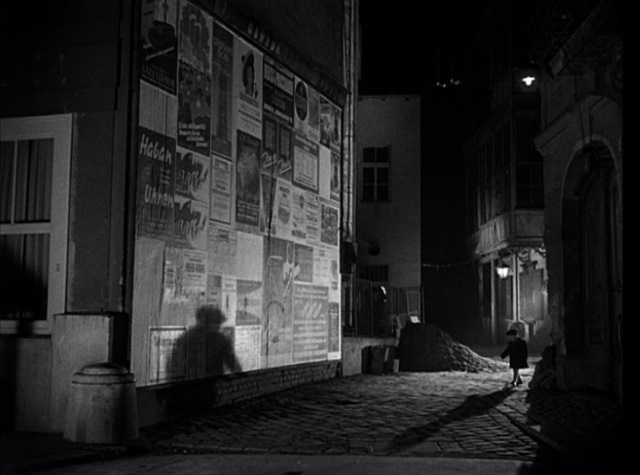
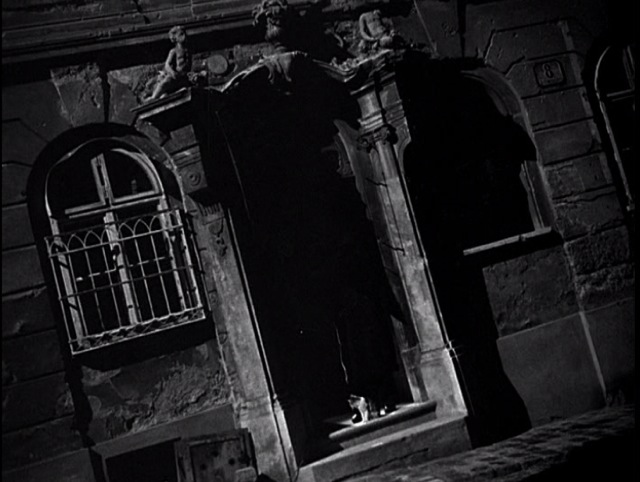
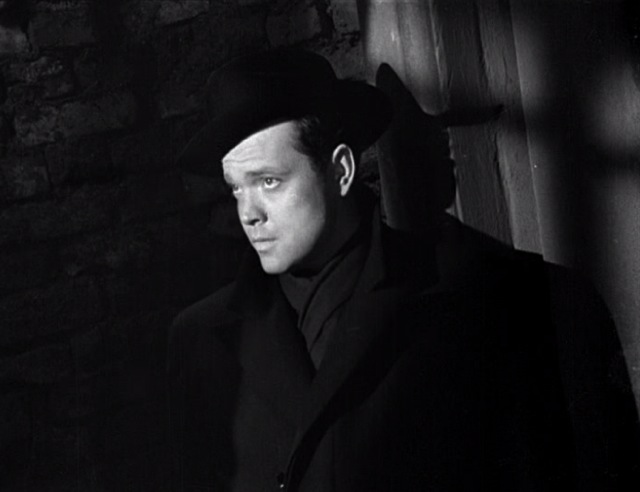
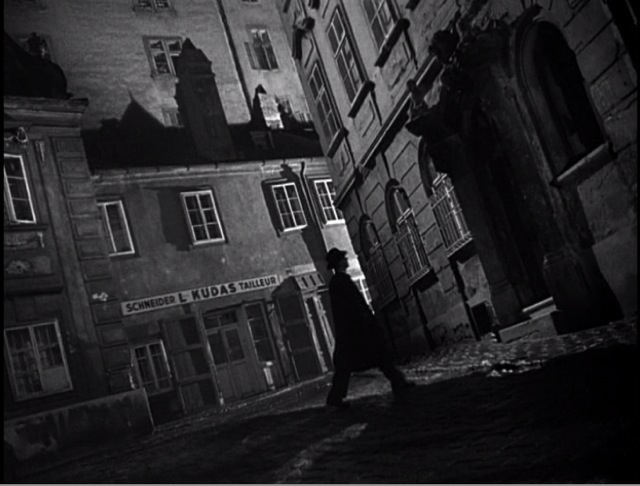
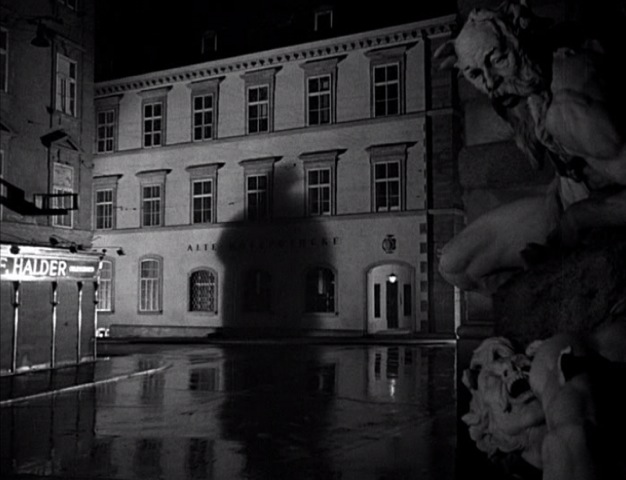
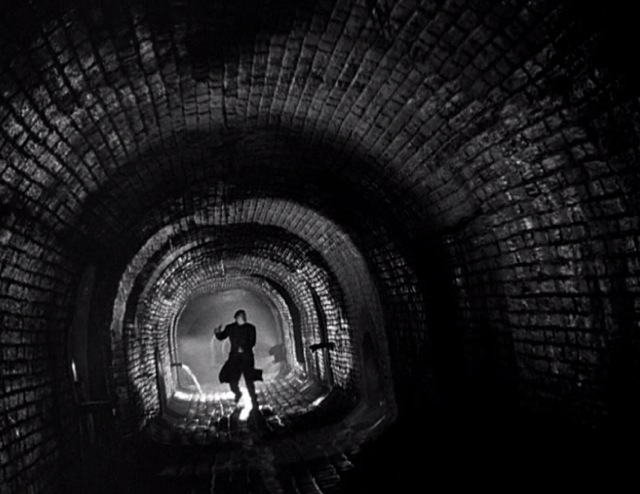
It’s not really clear on the small screen, but the next image shows the dying Harry Lime (Welles) poking his fingers up though the sewer grating as he tries to escape the good guys:
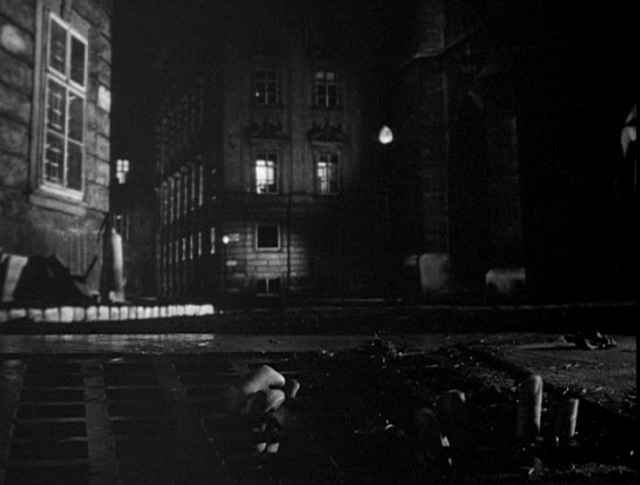
The camera cuts to his face. Sheer genius.
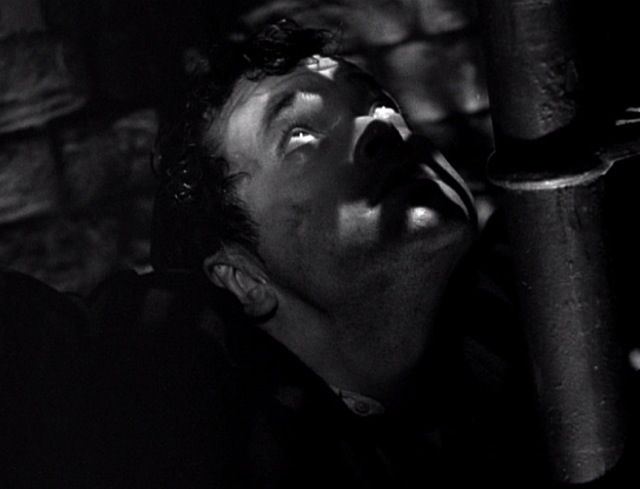
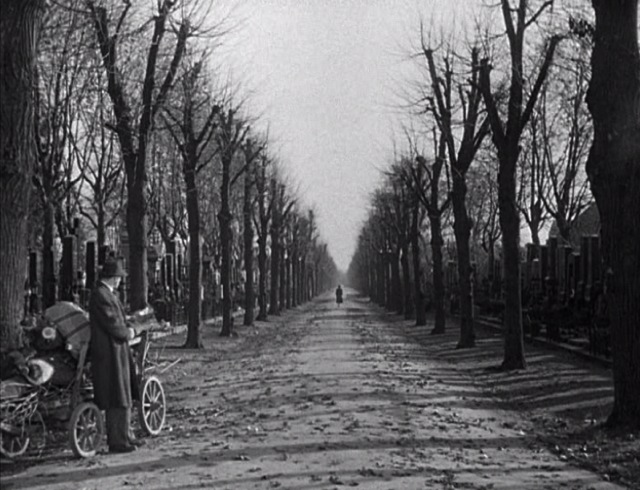
See what I mean? Krasker got the Oscar that year. There was no competition.
On a trip to Vienna in June, 2024, my son WInston searched out the original location and his photograph even replicates Krasker’s crazy tilt. Mercifully the ugly gratings have gone, but little else has changed 75 years later:
